News
Introducing the Roewe M7 DMH: A Fusion of Luxury Design and Eastern Aesthetics
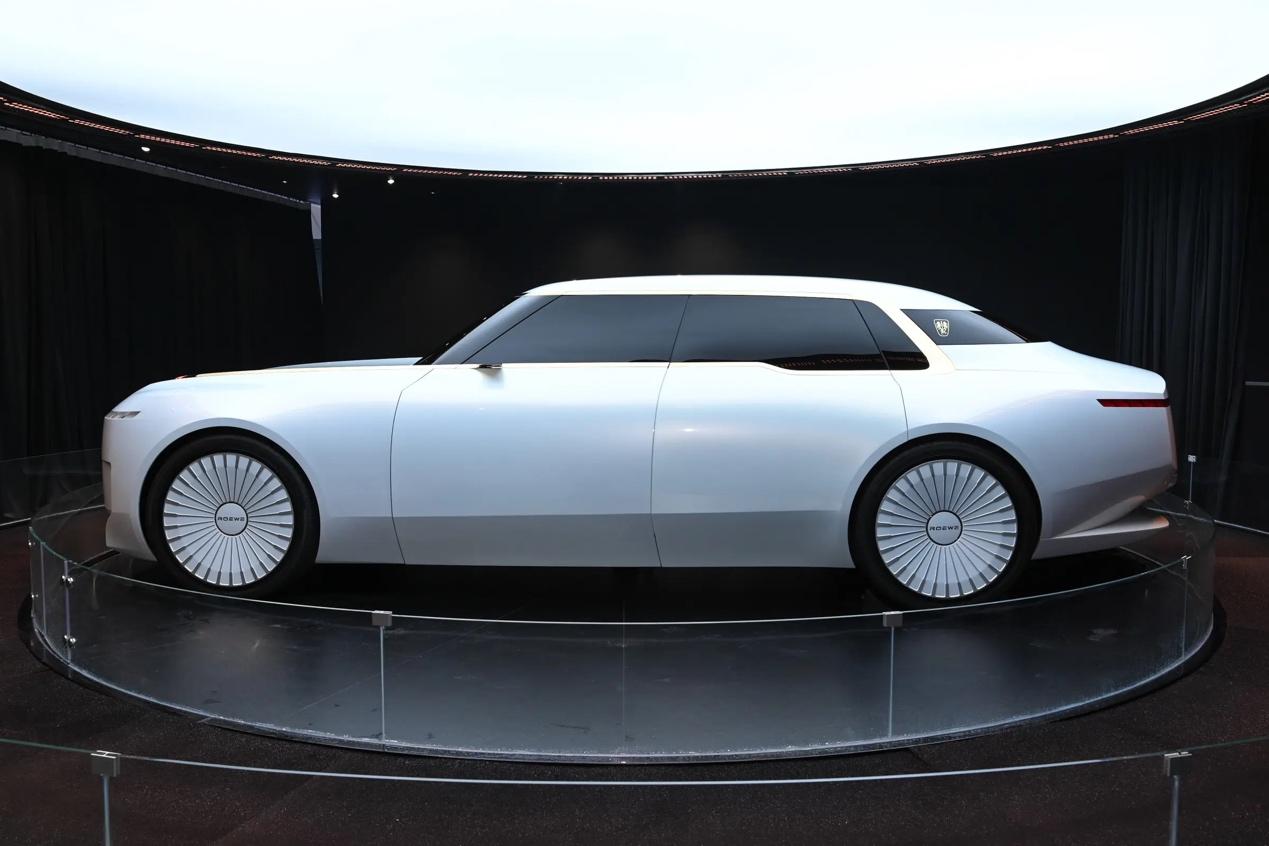

The Roewe M7 DMH exterior has been unveiled, showcasing a design crafted by former Rolls-Royce designer Josef Kaban. The model represents the production version of the Pearl Concept car and marks a strategic shift for Roewe, emphasizing originality in design. From its imposing vertical grille to its welcoming light carpet, every detail reflects a harmonious blend of Eastern aesthetics and international luxury design, signaling a bold awakening for Chinese automotive design.
When Rolls-Royce Craftsmanship Meets Eastern Elegance
Josef Kaban is a renowned name in automotive design, having steered the creative directions for Rolls-Royce, Bugatti, and Audi. Now, as part of SAIC Motor, his first production work, the Roewe M7 DMH, serves as a fascinating showcase of merging international design philosophies with Chinese cultural elements.
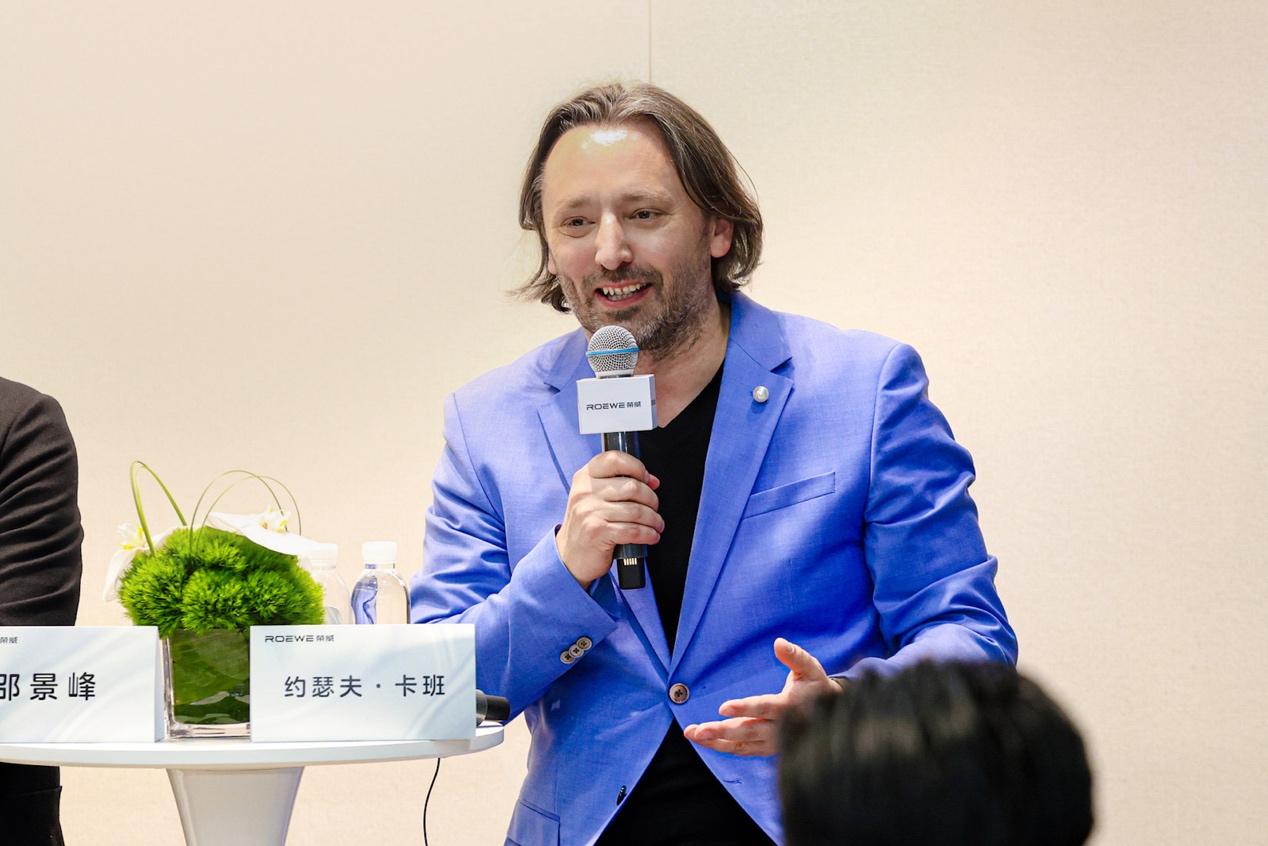
Kaban’s tenure at Rolls-Royce was defined by meticulous proportions and exquisite craftsmanship, traits now modernized in the Roewe M7 DMH. Unlike traditional luxury car designs, Kaban employs a design philosophy he calls "Eastern Rhythm and Western Order," reflecting his understanding of Chinese culture. This approach balances the grand proportions and detailed craftsmanship of luxury vehicles with the subtlety and poise inherent in Chinese aesthetics.
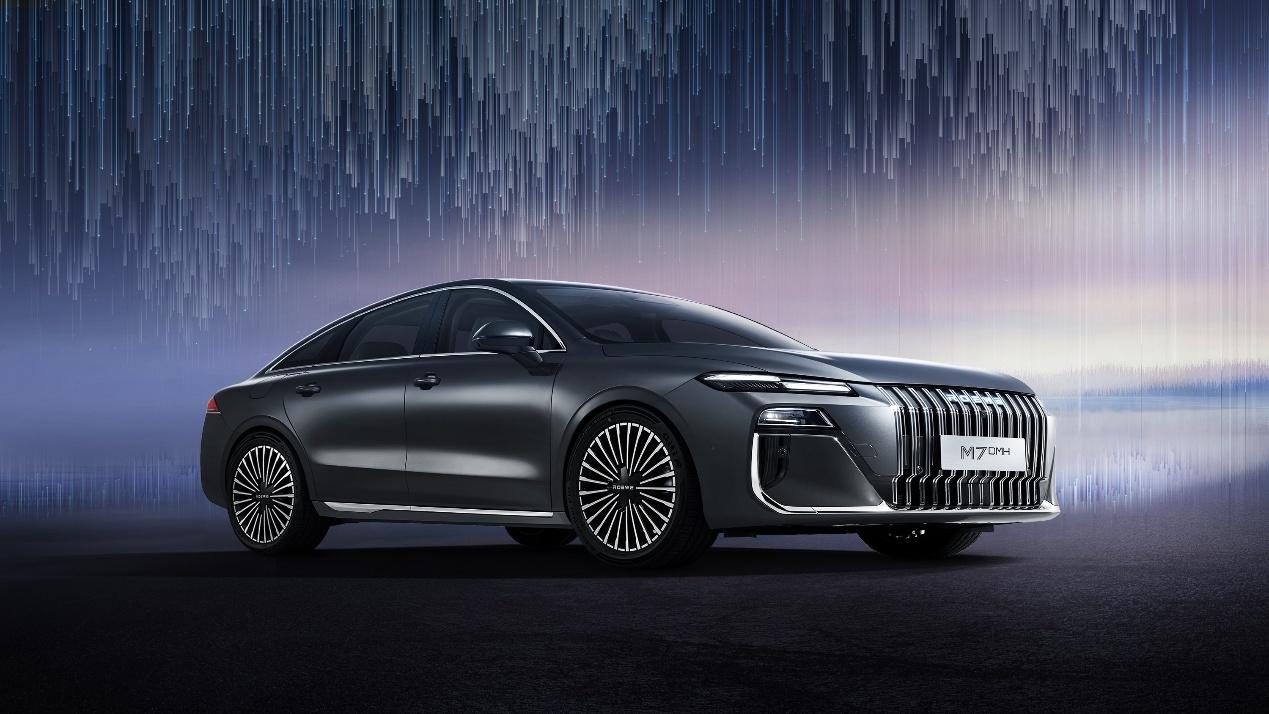
"I came to China not to replicate past successes but to discover new aesthetic languages," Kaban shared in an interview. This exploration is evident in the Roewe M7 DMH, where the car’s proportions exude elegance and stability. The design avoids aggressive coupe-like silhouettes, opting instead for a solid and symmetrical profile inspired by traditional Chinese architecture’s balanced aesthetics.
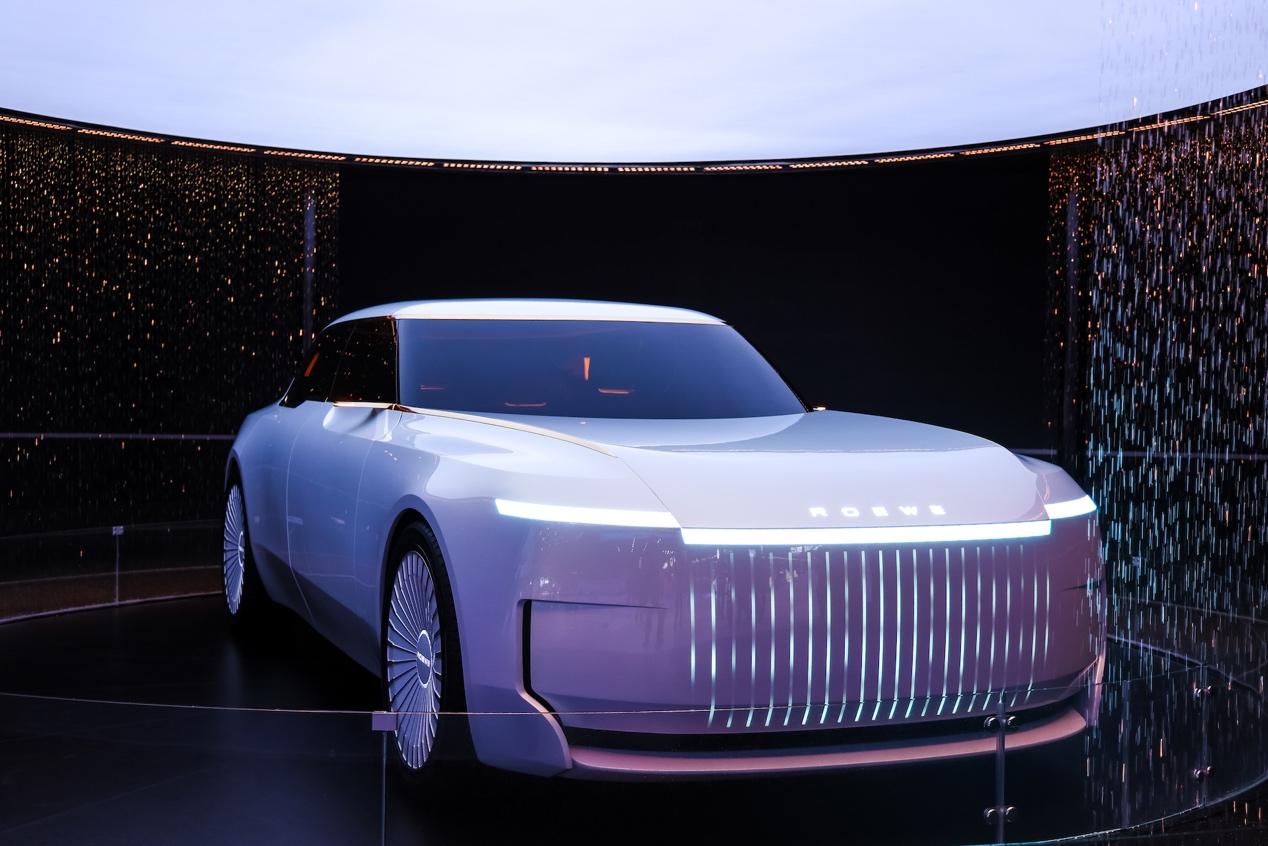
One of Kaban’s key principles is originality. In a market often criticized for imitation, he emphasizes the importance of finding a unique voice. "Imitation is part of growth, but true maturity lies in creating something original," Kaban explained. His work on the Roewe M7 DMH draws inspiration from Chinese cultural elements, transforming the brand’s identity into a beacon of originality.
From Concept to Production: Design Evolution
The Roewe M7 DMH’s vertical grille, inherited from the Pearl Concept car, is its most distinctive feature. Unlike traditional combustion engine grilles, this design emphasizes vertical lines to exude confidence and elegance. Kaban combines luxury design principles with the simplicity of EV aesthetics, eliminating unnecessary elements for a cleaner look.
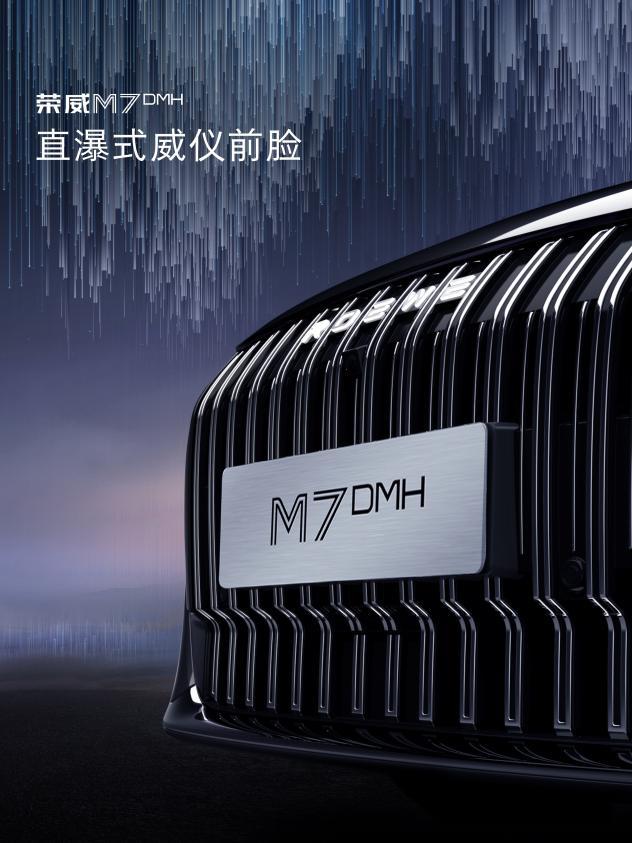
The Crystal Daytime Running Lights employ thick-wall injection molding technology, similar to BMW’s Angel Eyes. High-transparency optical materials create a crystal-like uniform glow, elevating visual quality and reinforcing the M7 DMH’s premium positioning.
Inspired by traditional Chinese craftsmanship, the integration of the lighting and grille design underwent extensive optical simulations to ensure visual harmony under various lighting conditions.
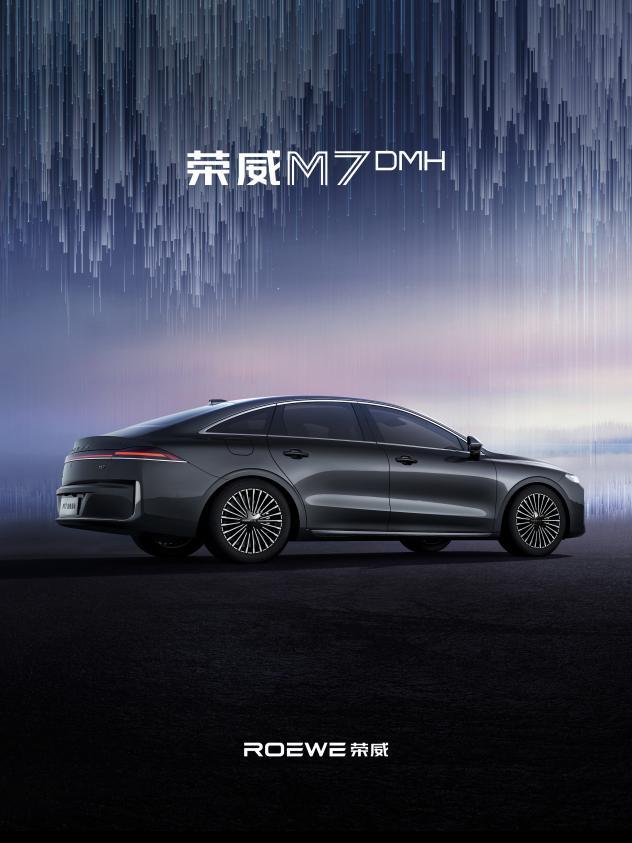
From the side, the Roewe M7 DMH features dimensions of 4940 x 1890 x 1510mm and a segment-leading wheelbase of 2820mm. Kaban employs "architectural strength" in the design, using horizontal lines to evoke stability while incorporating dynamic curves for tension and balance. This "hard and soft" approach aligns with the Chinese philosophy of harmony.
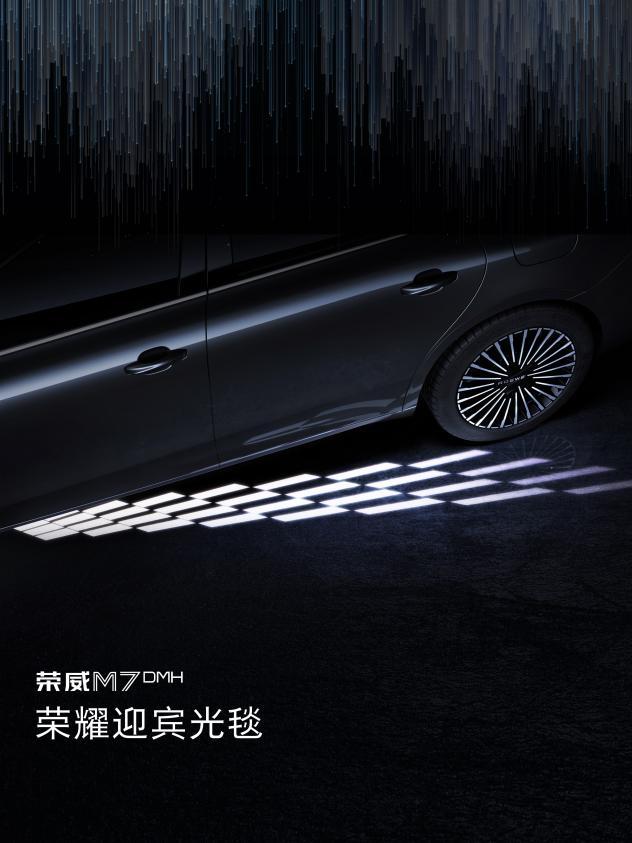
The body’s surface design utilizes "negative space" techniques from Eastern painting styles, avoiding excessive lines and allowing light to naturally flow across the car’s surface. This "less is more" approach contrasts with the over-styled designs of some competitors, ensuring the M7 DMH’s timeless appeal.

At the rear, the 3D floating tail lights combine aesthetic and functional elements. When the driver approaches, the lights dynamically illuminate as a "light greeting," blending technology with luxury. The "ROEWE" breathing light logo also employs premium stamping and linear lighting technology, offering a uniform glow at night while maintaining metallic luster during the day.
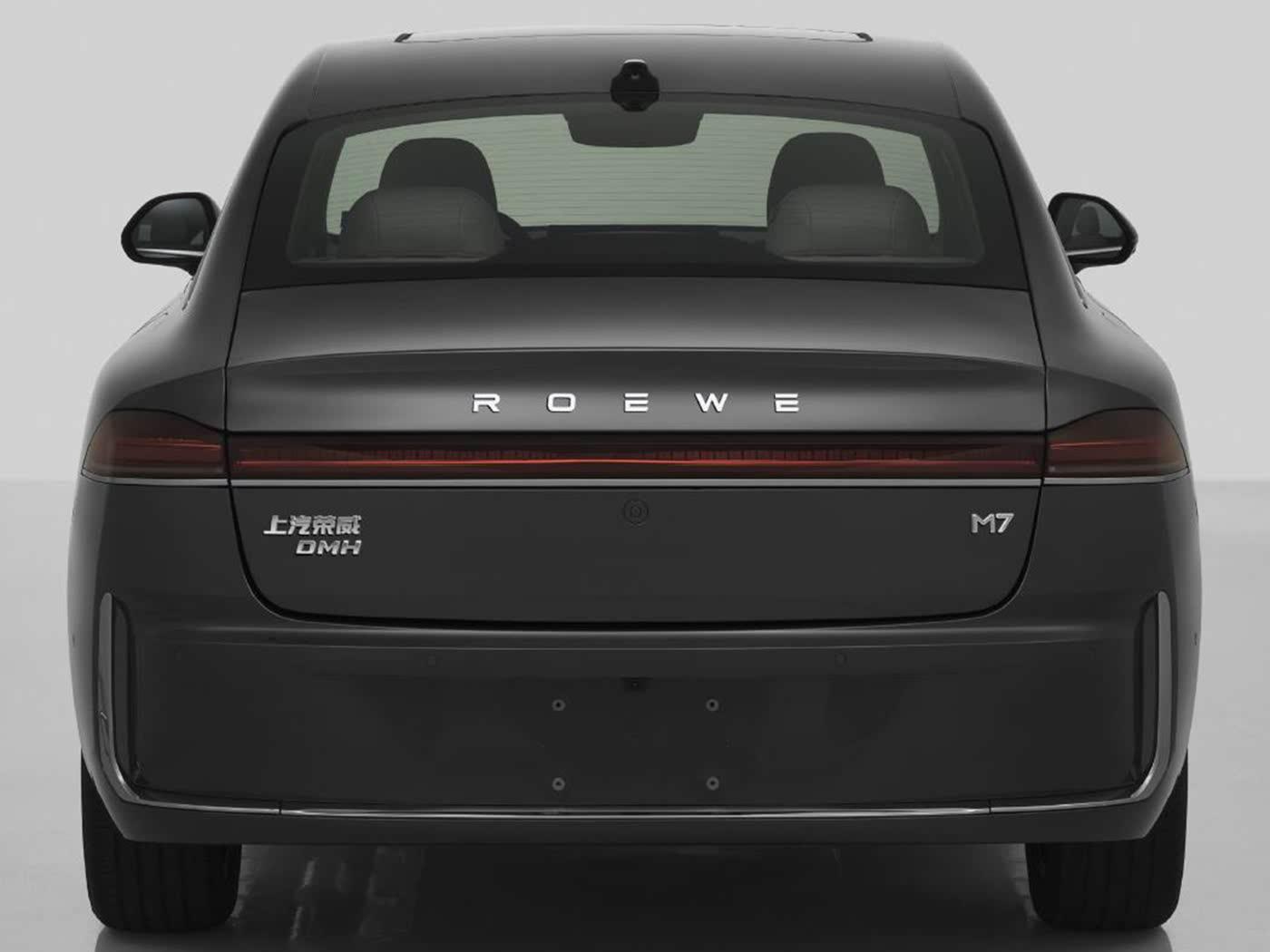
In terms of powertrain, the Roewe M7 DMH features SAIC’s fifth-generation DMH hybrid technology. Its 1.5L hybrid-specific engine delivers 82kW peak power and 135Nm peak torque, achieving a thermal efficiency exceeding 43%. The electric motor offers 137kW peak power and 330Nm peak torque, with an estimated CLTC pure electric range of 150km.
Editor’s Take
Josef Kaban’s design philosophy provides valuable insights amid a crowded automotive industry. "Design must anticipate aesthetic trends five years ahead," he remarked. While many automakers chase fleeting market trends, the Roewe M7 DMH returns to classic proportions and cultural roots, offering a timeless design language.

Targeting middle-class families seeking refinement and practicality, the Roewe M7 DMH strikes a balance between global design standards and local cultural resonance. In a competitive hybrid market dominated by BYD and Li Auto, this unique positioning could carve out a distinct niche.
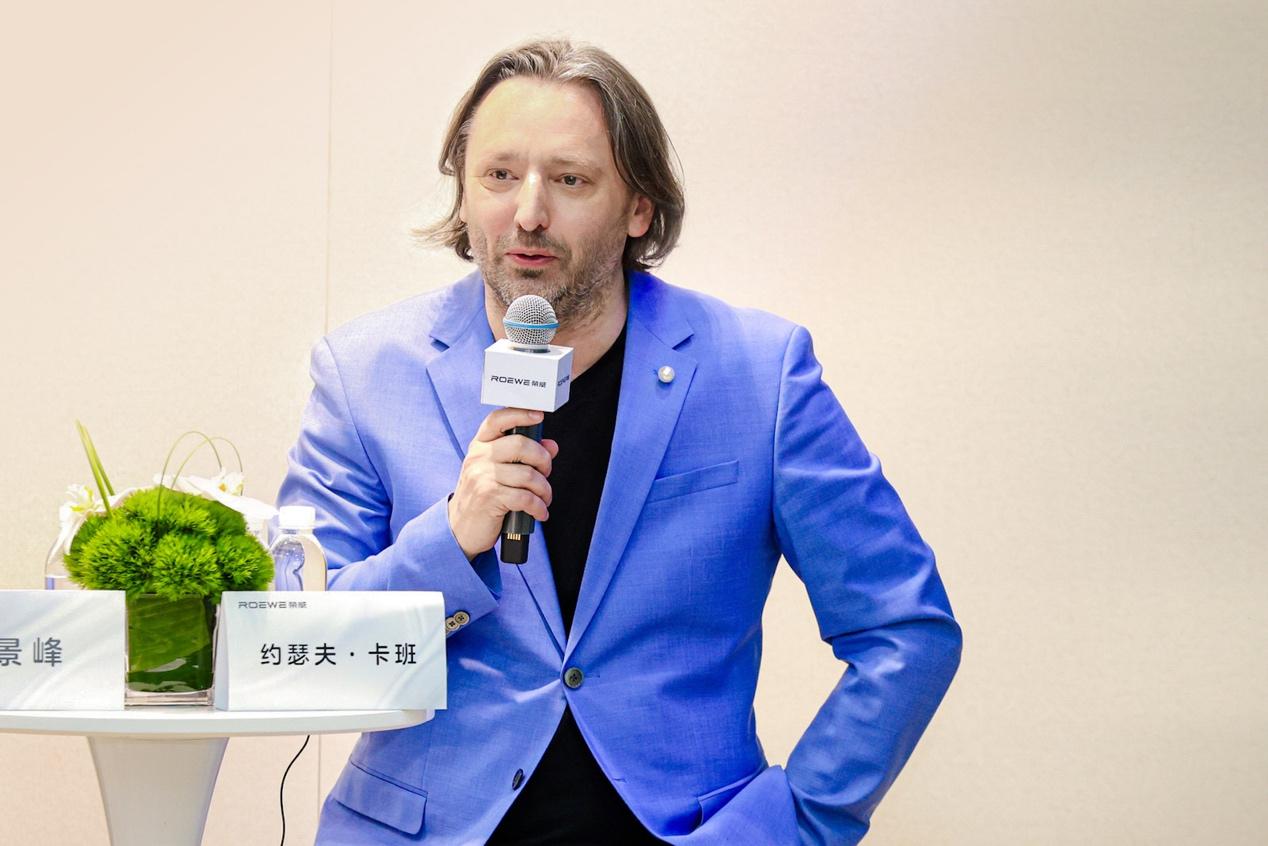
The Roewe M7 DMH also sets a benchmark for blending international expertise with local ingenuity. Kaban’s work underscores the importance of genuine collaboration between global and Chinese design perspectives, fostering creations with worldwide appeal.
"China has the cultural depth to become a design powerhouse; now it needs the confidence to express it," Kaban emphasized. The Roewe M7 DMH embodies this sentiment, representing a bold step forward for Chinese automotive design.

More than just a hybrid vehicle, the Roewe M7 DMH symbolizes the ambitions of a Chinese brand to redefine its design identity. As Kaban aptly stated, "The darkest moments are not to be feared; what matters is to rise and move forward." The debut of the Roewe M7 DMH marks a new starting point for the evolution of Chinese automotive design.


